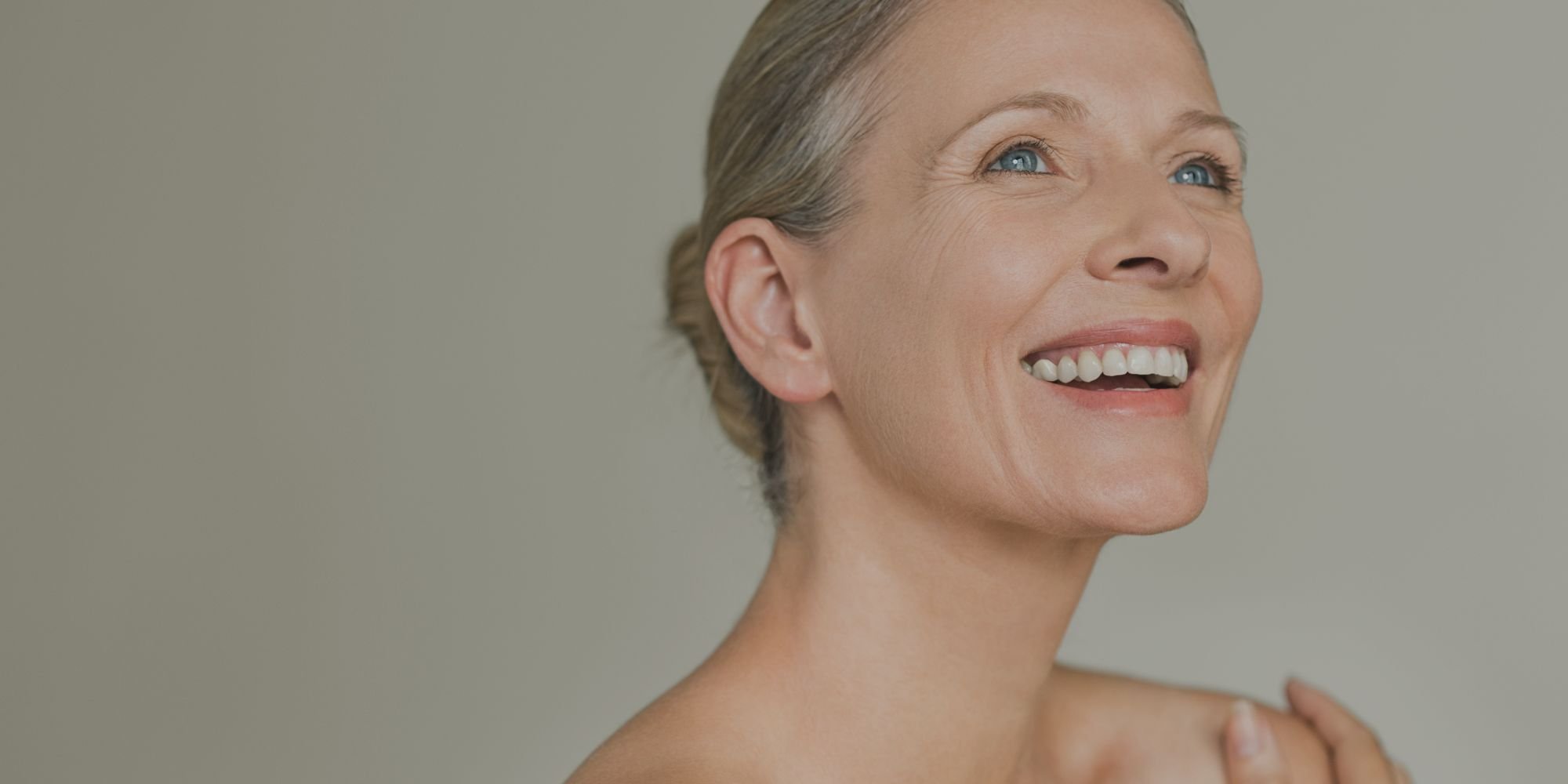ADDRESS SKIN LAXITY, FAT DEPOSITS AND CONTOURING
FaceTite and AccuTite
In recent years, non-surgical technologies have advanced significantly, offering patients minimally invasive options for facial and body contouring. Two such treatments that have gained popularity in the UK are FaceTite and AccuTite. Both treatments use radiofrequency (RF) energy to tighten skin, reduce fat, and improve overall contour. However, they differ in their targeted treatment areas and applications.
ADDRESS SKIN LAXITY, FAT DEPOSITS AND CONTOURING
The Technology Behind FaceTite and AccuTite
Both treatments utilise radiofrequency-assisted lipolysis (RFAL) technology. This works by delivering heat to the skin and underlying fat layers to:
Break down fat cells in targeted areas.
Stimulate collagen production to tighten the skin naturally over time.
Improve overall contour and definition for a more youthful appearance.
While both treatments share the same technology, the applicator size and precision differ, making FaceTite suitable for larger areas and AccuTite perfect for precise, smaller areas. Whether you’re considering FaceTite in London or a more delicate AccuTite procedure for areas such as the eyelids, the treatments offer impressive results with minimal downtime.
Interested in discussing FaceTite and AccuTite with Mr Florian Bast?

FaceTite and AccuTite: Which is Right for You?
What is FaceTite?
FaceTite is a minimally invasive treatment designed for skin tightening, contouring, and fat reduction on the face and neck. By utilising radiofrequency-assisted lipolysis (RFAL), FaceTite delivers controlled heat below the skin's surface to stimulate collagen production and contract tissues.
Key Features of FaceTite:
Targets larger areas such as the cheeks, jawline, jowls, and neck.
Helps to reduce excess fat while tightening the skin.
An ideal solution for patients who want to avoid more invasive procedures, such as a surgical facelift or neck lift.
Performed under local anaesthesia, so the FaceTite procedure is comfortable and requires minimal downtime.
FaceTite Treatment Areas:
Lower face (jowls and jawline)
Double chin or submental fat
Neck laxity
Many patients ask, "Does FaceTite hurt?" The treatment is typically well-tolerated, and while mild bruising may occur post-treatment, most patients describe the experience as comfortable with only mild soreness during recovery.
Who is a Candidate for FaceTite?
FaceTite is ideal for patients who have moderate skin laxity and wish to achieve more defined contours without undergoing a surgical procedure. It’s particularly popular for individuals beginning to notice the early signs of ageing, such as sagging skin in the lower face or neck.
What is AccuTite?
AccuTite is the smallest minimally invasive RFAL device available, designed to treat smaller, delicate areas that require precise contouring. AccuTite delivers the same radiofrequency energy as FaceTite but with a more targeted applicator, making it highly effective for areas that need precision.
Key Features of AccuTite:
Ideal for small, delicate areas that are difficult to treat with other methods.
Targets fine lines, wrinkles, and areas prone to drooping, such as the eyelids or nasolabial folds.
Offers precise fat reduction and tissue tightening in hard-to-reach areas.
AccuTite Treatment Areas:
Eyelids (upper and lower)
Brow area
Nasolabial folds (lines around the nose and mouth)
Lower face and periorbital area
Small pockets of fat, such as above the knees or bra bulges
If you’re considering AccuTite in London, this treatment is ideal for achieving subtle, targeted enhancements without the need for surgery.
Who is a Candidate for AccuTite?
AccuTite is ideal for patients seeking a refined, subtle enhancement in specific areas without undergoing surgery. It’s often used for patients who have sagging or puffiness in areas such as the eyelids or under the chin, where precision is key.
Interested in discussing FaceTite and AccuTite with Mr Florian Bast?
BALLOON DILATION TREATMENT
Recovery and Results
Both FaceTite and AccuTite offer minimal downtime compared to traditional surgical procedures. Patients typically experience some swelling and mild bruising, which subsides after a few days.
Recovery Overview:
Most patients can resume normal activities after 2-3 days.
Avoid intense physical activity for 1-2 weeks.
Wearing a compression garment (for FaceTite) is often recommended for optimal results.
Patients often ask, "Does FaceTite really work?" The results speak for themselves, with noticeable tightening and contouring visible within weeks. For optimal results, it’s important to follow your practitioner’s post-procedure guidelines.
FaceTite Cost and AccuTite Cost in the UK
The cost of FaceTite or AccuTite depends on the treatment area and your specific needs. On average, the FaceTite cost in the UK can range from £3,000 to £6,000, depending on the clinic and whether additional areas, such as the neck, are included. For those researching FaceTite in London, choosing an experienced specialist ensures optimal results and patient safety.
Interested in finding out more?
Enhance your surgical results with Skinade MD®
SURGICAL CARE
Skinade MD® Pre and Post-Surgery Care Program is a 45-day regimen designed to promote healing, speed up recovery, and improve surgical outcomes. Developed with top doctors, it targets issues such as bruising, swelling, scarring, inflammation, and bleeding by boosting collagen production and supporting the body's healing mechanisms.
Interested in incorporating Skinade MD into your pre and post-procedure care?
Mr Florian Bast offers ENT and facial plastic surgery at a variety of hospitals in London, England. These include: Rhinology at Cromwell Hospital, London; Rhinology at Cadogan Clinic, London; Balloon sinus dilation at The Lister Hospital, London; Endoscopic balloon dilation at Weymouth Street Hospital, London; Rhinology at Guys Hospital and St Thomas’ Hospital, London; ENT services at 25 & 9 Harley Street, London; Rhinology at Sydney Street Diagnostics Centre, London.

















